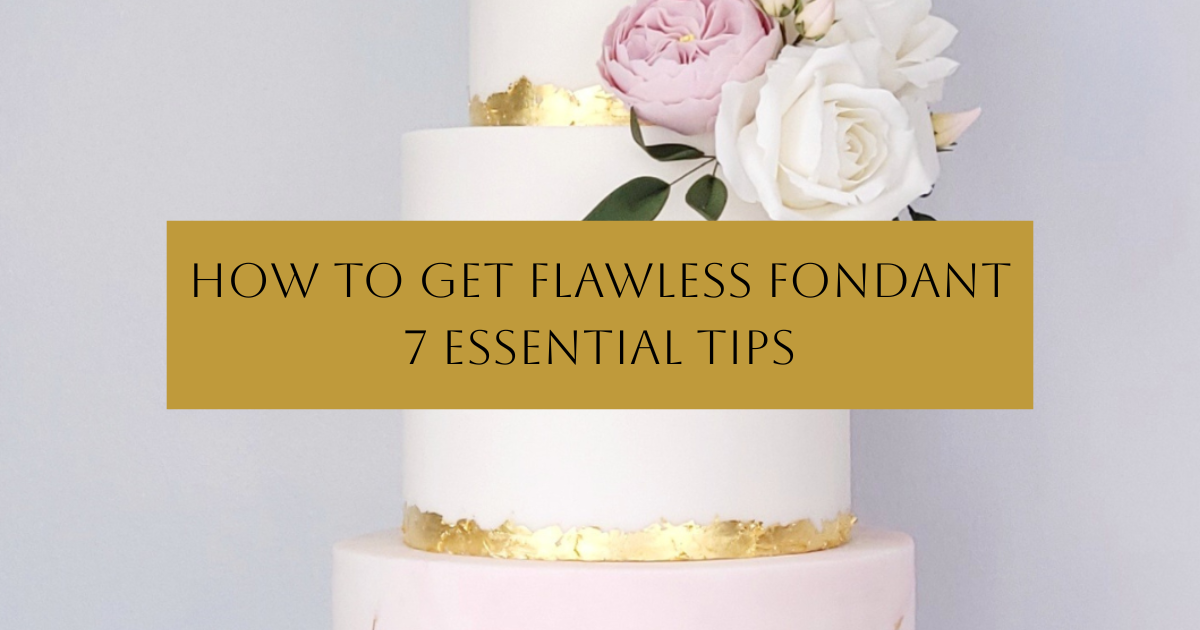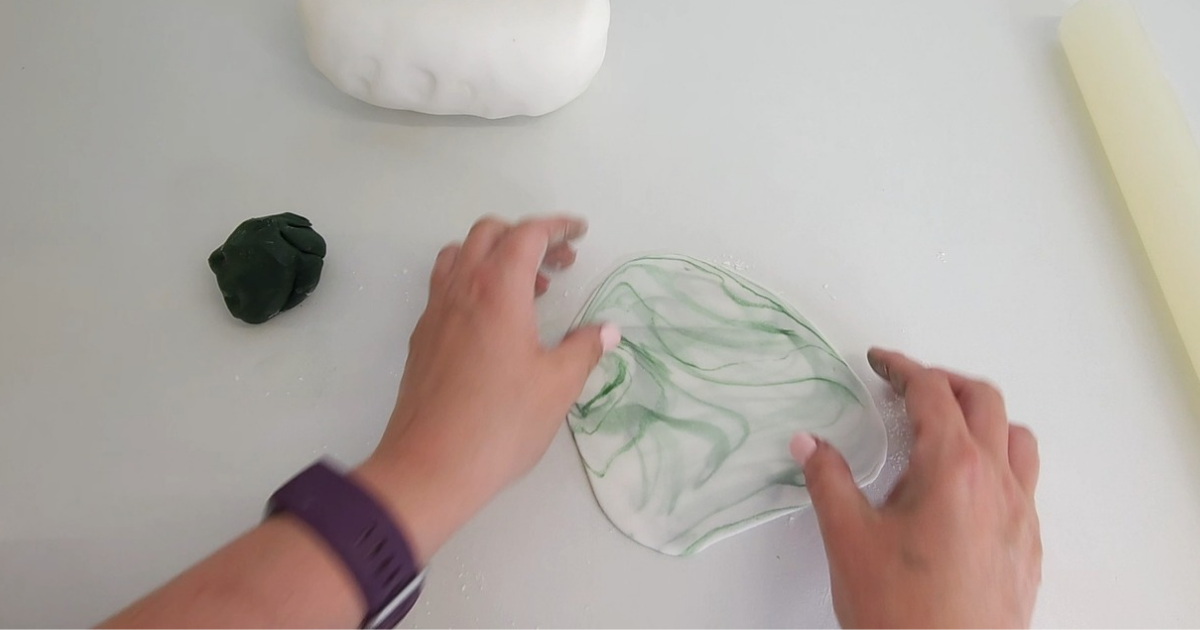How to Get Flawless Fondant: 7 Essential Tips
Ever Get Frustrated with your fondant?
Struggling with your fondant (Sugarpaste), we’ve all been there with elephant skin, tearing and cracking, bulging, air bubbles but there are of course things you can do to prevent this.
Here are my 7 tips to making working with fondant on your cakes a breeze.
1. Choose A Quality Fondant Brand
Each cake makers preference is different in terms of what they prefer to use.
My absolute favourite is Couture by Cake Stuff.
I find this fondant (Sugarpaste) works really well for me.
It has a nice stretch, doesn't require too much working and I find it has a longer working time than some of the other brands.
My recommendation is to try different brands and see which you prefer.
But do invest in better quality products than supermarket bought. You will thank yourself in the long run.
2. Prep your base like a boss
Your fondant will only be as smooth as what’s underneath.
Ganache is my go to method to apply to my cakes which will give the super smooth finish you're after.
It sets firm for you then to be able to apply your fondant.
I always say to my students it’s like wall papering, if you don’t prep the walls first once you’ve hung your wall paper you will see all the bumps and imperfections.
This is the same with your cakes.
Make sure you chill your ganached cakes and then let them come back to room temperature before applying your fondant as in some cases if the weather is warm the cake will gather condensation making your fondant sticky if you attempt to apply it.
3. Knead it well
Kneading warms the fondant up, and creates more elasticity. This will reduce the risk of your fondant cracking or getting elephant looking skin.
If you find it’s dry use some vegetable shortening on it.
4. Control the thickness
Roll your fondant to an even thickness, ensuring you use cornflower rather than icing sugar to roll out with.
Icing sugar can cause your fondant to be sticky.
I like to roll mine about 3-4mm thick.
If you struggle to get an even thickness, then use spacers.
5. Dust, but dont over do it
Now we chatted about dusting above and using cornflour. You don’t need to use much.
Using too much can cause it to dry out, and also if you’re using bold or dark colours you need to try and keep it to the under side of the fondant and not get it on top.
A great tip here is after every role, wipe down your rolling pin….. you wouldn’t beleive how much sticks to it.
6. Apply with confidence
There are several ways to apply your fondant to your cakes, sometimes you may use the all in one method where you drape the fondant over the cake, work the fondant over the cake and then use your smoothers.
If you’re using this method work quickly to get your fondant adhered to the cake.
Use acetate smoothers or flexi scrapers to refine the shape, and aim for sharp edges and an even surface.
You may prefer to use the panelling method instead.
There is no right or wrong. Do what ever feels right for you.
7. Polish for a professional finish.
Once you have applied your fondant, lightly buff the surface with your smoothers.
For a super sharp look, double-smoothing techniques or flexi smoothers can help define edges beautifully.
Also have acupuncture needles on hand to pop any air bubbles that you may get in your fondant.
I hope you’ve enjoyed reading this blog post, and if you would love to see how I do this, there is a full training in the cake membership.




